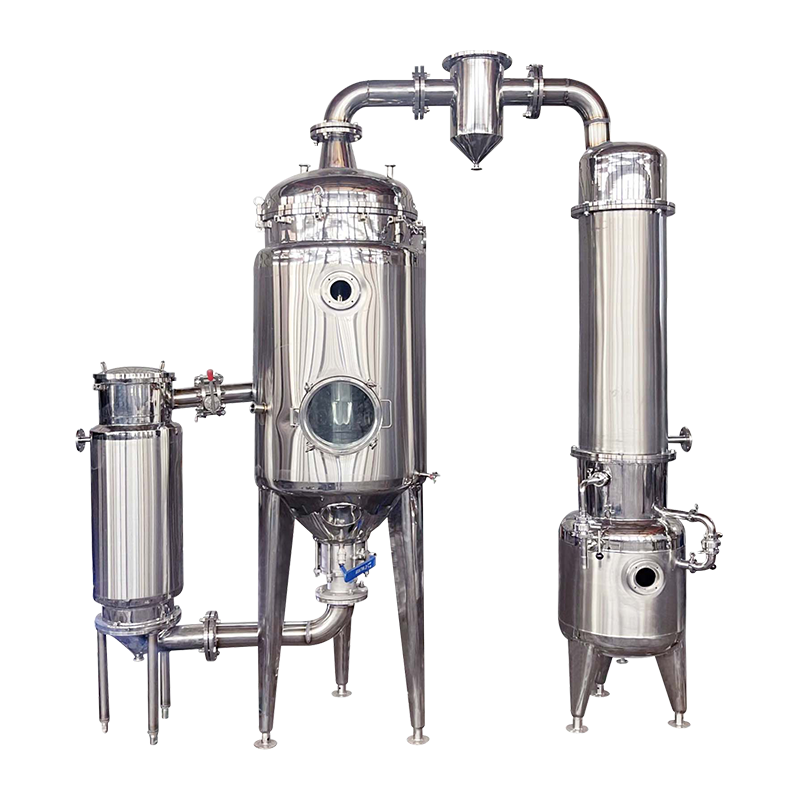The Versatility of Modern Mixing Tank Systems

Mixing tanks find applications in nearly every manufacturing sector that requires material blending, from food production to wastewater treatment. Their adaptability allows for customization to meet specific industry requirements, making them invaluable tools in product formulation and process engineering. The particular design features of mixing tanks vary significantly depending on their intended use and the materials being processed.
In pharmaceutical manufacturing, mixing tanks must meet stringent hygienic standards while handling sensitive biological materials. These systems often include polished surfaces, sterile filters, and precision temperature controls. The cosmetics industry utilizes similar equipment for creating stable emulsions in lotions and creams, where mixing tank parameters directly affect product texture and shelf life. Many personal care product manufacturers employ vacuum mixing tanks to prevent air incorporation.
The food and beverage sector relies heavily on mixing tanks for numerous applications. Dairy processing requires tanks that can gently blend ingredients without damaging delicate proteins, while confectionery operations need robust systems capable of handling viscous chocolate masses. Sanitary design elements like quick-release fittings and radiused corners facilitate thorough cleaning, meeting strict food safety regulations. Some advanced mixing tanks even incorporate inline homogenizers for ultra-fine dispersion.
Industrial chemical processes present some of the most demanding applications for mixing tanks. Corrosion-resistant materials and explosion-proof designs are common requirements. Polymer production often uses heated mixing tanks with powerful agitators to maintain proper viscosity during reactions. Wastewater treatment facilities employ large-scale mixing tanks for flocculation and neutralization processes, where proper blending ensures effective contaminant removal.
Emerging technologies continue to expand mixing tank capabilities. Some systems now integrate smart sensors that automatically adjust agitation speed based on real-time viscosity measurements. Modular designs allow for easier reconfiguration as production needs evolve. As industries develop more complex formulations, mixing tanks will continue adapting to meet these evolving processing challenges.
- Art
- Causes
- Crafts
- Dance
- Drinks
- Film
- Fitness
- Food
- Games
- Gardening
- Health
- Home
- Literature
- Music
- Networking
- Other
- Party
- Religion
- Shopping
- Sports
- Theater
- Wellness


